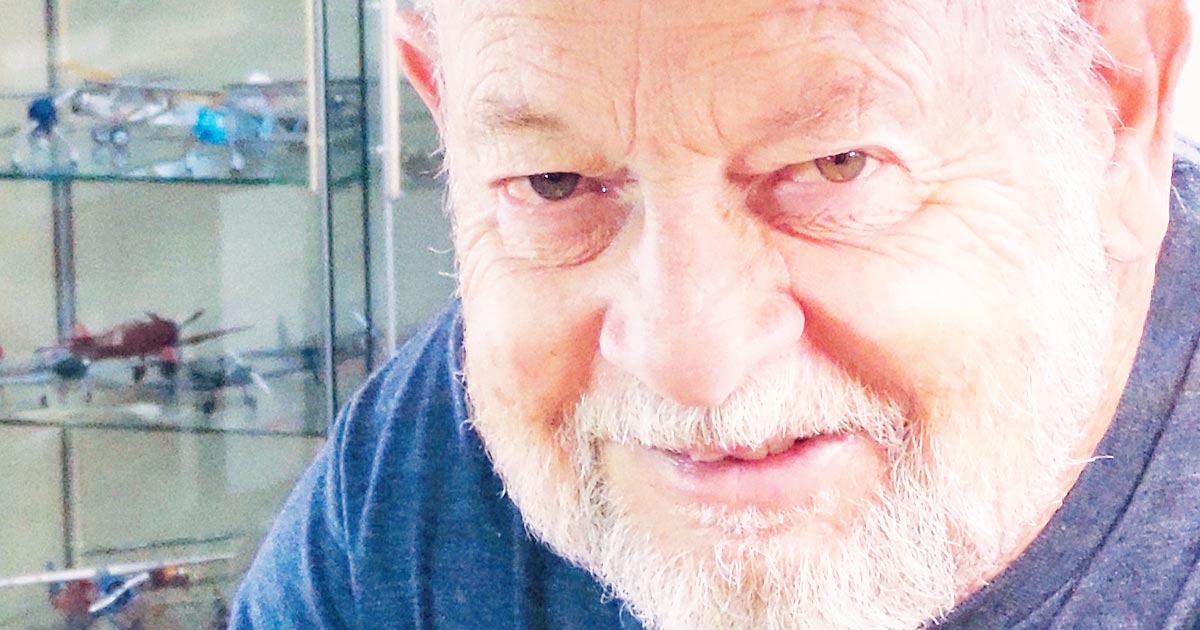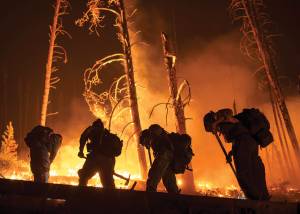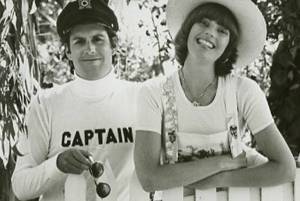By DIANNA TROYER
Through expertly detailed airplane models he builds, Bill Lindburg tells stories of aviation innovations and wartime air campaigns.
More than 200 of his models are on display in extensive exhibits at the Lyon Air Museum at John Wayne Airport in Santa Ana, California. The latest exhibit he’s commissioned to work on is “The Learning Curve—American Heritage of Innovations in Aeronautics.”
“Most people my age who dabbled with building models outgrew it,” said Lindburg, 71, a licensed aircraft mechanic who retired two years ago to his hometown of Mackay in central Idaho.
“Since high school, I’ve loved everything about it—doing the research to make them historically accurate, building them, and painting them freehand with an airbrush. The models keep my hands busy and my mind occupied.”
After graduating from Idaho State University’s aircraft maintenance program, Lindburg worked for five decades in southern California.
“I worked as an avionics installer and troubleshooter in the private sector, on everything from single engine piston aircraft up to all types of business jets.”
After completing about 20 models, Lindburg delivers them to the museum, carefully packing them in his pickup for the 1,000-mile, one-way trip. He estimates each model requires about 60 to 100 hours of work.
The innovations in aeronautics exhibit features models of the Wright brothers’ biplane that performed the first powered flight of a manned aircraft and the vast array of civil and military flying machines that rule the skies of the 21st century.
“Bill is the best model builder I’ve met,” said Jeff Erickson, the museum’s aviation historian and exhibit designer and a retired aerospace scientist with Boeing. “Bill’s prolific without sacrificing quality. He does details like cables, riggings, and antenna wires perfectly. I’ve built models and don’t know how he developed techniques to do that. I always marvel at his end product.”
Erickson said the new exhibit is a work in progress and the museum’s most ambitious to date. “Eventually it will include more than 200 of Bill’s magnificent scale-model creations.”
Erickson began collaborating with Lindburg about seven years ago when he needed models for historical displays of World War I, World War II, Korea, and the Vietnam War. The duo met serendipitously in 2014 after Erickson saw Lindburg’s models displayed at a local hobby shop.
“I wanted to meet the man who had created them,” Erickson said. “Then one day, during a conversation with the museum president, I discovered that Bill worked in a building adjacent to the museum. Our shared enthusiasm for aviation history and Bill’s exceptional model-building talents allowed us to pursue our mutual interest in aviation history while creating an educational resource that is available to thousands of museum visitors every year.”
In addition to the new exhibit, about 150 of Lindburg’s models are featured in other exhibits at the museum.
Along with aircraft, Lindburg estimates he has built thousands of model cars, ships, and military equipment. He assembles and paints them in his home studio. A desk in his living room is his workbench while his laundry room sometimes doubles as his airbrush painting booth.
Besides museum curators, collectors seek his models, of which about 400 are displayed at Brookhurst Hobbies in Garden Grove, California, near Santa Ana.
“Customers at the hobby shop from as far away as France have purchased surplus models from my collection,” Lindburg said.
Friends sometimes ask him to build a specific sentimental airplane model. A longtime friend and Vietnam War veteran who served in the Navy, David Rapp, asked him to build a Douglas AC-47 Spooky, a fixed wing gunship.
“My uncle, Larry Thornton, was a gunner on a Spooky crew that went down in Laos on Christmas Eve 1965,” Rapp said. “I’ve got a photo of him and his medals and wanted to include a model of his plane, to make a small memorial to him. Bill did a great job.”
While he retired from a day job, Lindburg said he will likely never retire from making models.
“I’ve still got about 600 unfinished models, so I’ll be doing this a long time yet.” ISI









